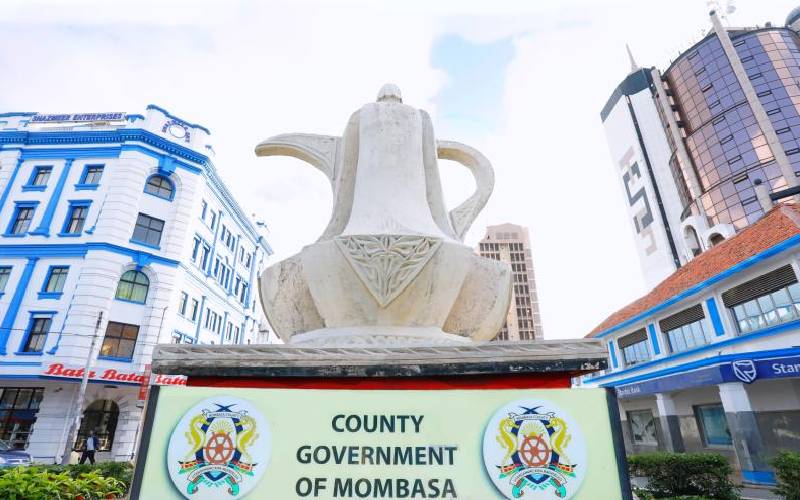
After filing out of the Likoni Ferry crossing, something is quite noticeable to any past visitor to the South Coast. Jostling for attention with political campaign posters is a facelift on shops and residential houses. It is as if the owners stumbled on a treasure of white rock. Stitched together with a grey thread of cement, the spectacle is easy to the eye. Rows and rows of houses lining the main road have been redone with white rock.
The sprawl of mud-walled houses is giving way to something new. And the “before and after” is quite visible even to the naked eye - mud houses stand cheek by jowl with the new ones in different stages of construction: There are single units, bungalows, mansions and two-storeyed houses.